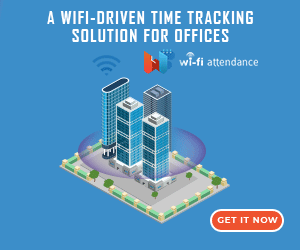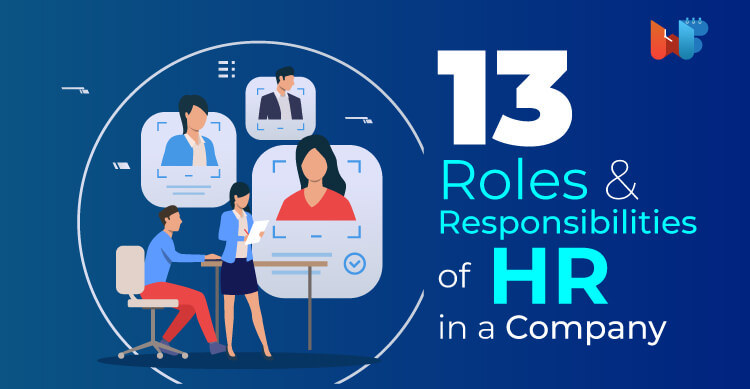Many small start-ups begin with minimal to no attendance tracking. It is understood when your employees are just four founders who are putting their heart and soul into the business.
However, as the company grows, tracking of attendance becomes necessary. Many companies realize this too late after paying for wasted man-hours. Lack of attendance tracking can lead to losses where employees are taking you for a ride.
Some companies do have an attendance tracking system in place but it is simply inefficient. To help you avoid losses we have put together the 10 most common attendance tracking mistakes we come across. Each point also includes a solution for you to avoid them.
Missing an Attendance Policy?
The power of written word cannot be understated. Having an attendance policy in place makes employees take attendance seriously and avoids casual attitude. Have a written attendance policy detailing:
- Official working hours
- Expected productive hours
- Annual leaves
- Process of leave approval
- Provision for half
- Definition of tardiness or abseentism
- Consequence of breach of attendance policy
This policy should be available and signed off by every new employee. If it’s the first time you are introducing the attendance policy, then it should be shared with every employee in organisation.
Allowing for Proxy
No company wants to deal with proxy attendance but some systems can be manipulated by employees. An example could be a physical paper register or system log-in. In both the cases attendance can be marked by a colleague or friend of an employee.
A good attendance tracking system should verify the identity of the person. Biometric systems and wifi attendance system are examples of attendance systems which will not allow for proxy.
Not tracking the log out time
Another mistake is not noting the log-out time of employees. This means the system only captures the log-in time and counts the employee present for the whole day. This is dangerous because you will have no way to know if the employee marked the attendance and left in an hour.
This does not let you count the total hours worked and hence there is a possibility of manipulation. To avoid this always have a system that counts the total working hours with log-out time in the office.
Not Implementing Attendance policy
So you have an attendance policy clearly communicated to everyone in the company but are you monitoring its implementation? Expecting everyone to follow the rules with no supervision would be foolish. The HR must ensure that the policy is being followed by monitoring attendance.
Of course, it will be impossible for HR to monitor each and every employee. For this reason there must be software system that automatically raises a red flag every time attendance for an employee falls below standard.
Another important part of implementation of policy is support of managers. Every manager must be told that it is his/her responsibility to report low attendance, absenteeism, tardiness etc.
Confusing Leave Policy
Unclear rules or contradicting clauses can lead to confusion among employees. An example could be mention of 10 public holidays in the policy but only showing 8 in the leave management system. Make sure there are no discrepancies in the written word.
Sometimes confusion is caused simply by rumours and grapevine. As your company grows bigger you will find that this is a common problem.
This is why it is important for HR to have a formal channel of communication regarding attendance. This could be done via personalised mails detailing monthly leave report in addition to bulk mails to address any confusion.
Leave Application System
Leave application system informs employees of available leaves and maintain record of leaves availed. It also requires an approval by reporting manager and HR.
Today automated leave management systems (LMS) have made it easier for everyone to manage leaves. Many vendors even provide mobile app to make it convenient.
Make sure your LMS is integrated with payroll for easier processing.
Not counting Absenteeism or Tardiness
Absenteeism and tardiness are other ways work hours are made unproductive. This is a phenomenon where employees are absent without informing, coming in late, leaving early, taking undue long breaks or simply being unproductive by surfing shopping sites for hours.
These habits are equally bad if not worse to taking a full day leave. They increase your expense and spoil the atmosphere of the company. Absenteeism affects the culture slowly killing off motivation of other employees too.
Sometimes the reason for absenteeism is in the office. If there are only a handful of employees showing absenteeism then it’s definitely their lack of motivation. However, if this is a widespread norm in your company then your company culture needs a major correction.
Unfair Implementation
Implication of attendance rules must be equal for all employees. Having different rules for different departments or management levels can create resentment in employee’s mind. For example, working hours should be applicable to all levels of management.
It is unfair to expect an employee to come to office at 9 am when his manager turns up at 11 am every day.
Not Analyzing Attendance Data
There is a lot of data collected on attendance from attendance systems, leave management systems and employee monitoring. One of the mistakes companies make is to this data go waste.
There is so much that can be done to improve the attendance and office culture with this data. Leave patterns can tell you when employees are likely to take leave and plan accordingly. You can also calculate productivity hours of employees and link to their performance.
Most importantly you can know where you are in attendance and how you can improve by analyzing this data and experimenting with solution.
For example, if it is noticed that most employees take a leave on working Saturday you could experiment with declaring it a holiday anyways and checking for change in productivity from Monday to Friday.
Not integrating systems
Sometimes more than one system is required for employee monitoring to work smoothly. For example, it would be a good idea to install CCTV camera at punch-in points to catch proxy attendance. This is not required in case of live location tracking like in wifi attendance.
Your attendance tracking system also needs to work with other systems such as payroll, leave management and internal communication channels (chats, instant messaging etc.)









